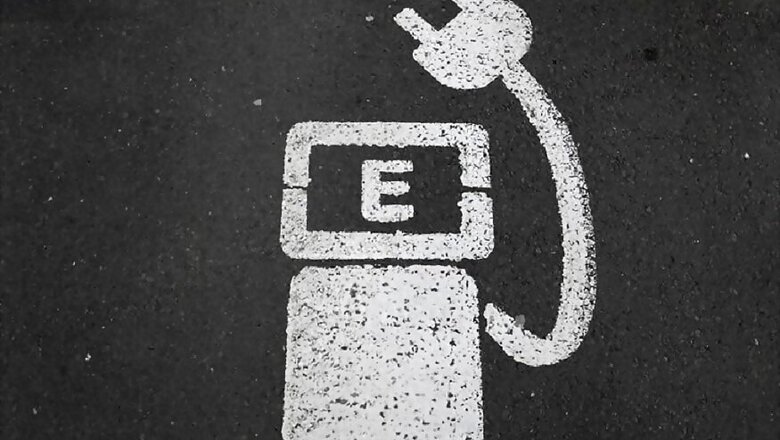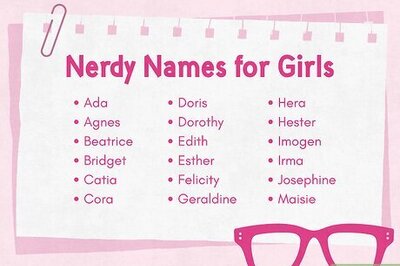
views
Electric two-wheeler segment is expected to face a rough road in the initial phase of the FAME II Scheme with the exclusion of lead battery-powered such vehicles, as per a Crisil impact note. The central government late last month laid out the eligibility criteria for electric buses, passenger vehicles, three-wheelers and two-wheelers to avail the incentives under the 'Faster Adoption and Manufacturing of Hybrid and Electric Vehicles in India' (FAME-II) scheme. The criteria is based on minimum top speed, range per charge and acceleration as well energy consumption efficiency of EVs.
"Our assessment of the product portfolio of various EV manufacturers indicates that the electric two-wheeler segment would be impacted the most by FAME-II rules. We believe more than 95 per cent of the electric two-wheeler models being produced now will not be eligible for incentive under FAME-II," Crisil said in the note issued earlier. With the aim to promote eco-friendly vehicles, the government had launched the FAME India in 2015.
The second phase of the scheme, which is effective from April 1, will be for a period of three years with an outlay of Rs 10,000 crore, and will be applicable to vehicles with 'advanced batteries' (excluding lead-acid ones). According to the note, about 90 per cent of the vehicles that availed incentives under the FAME I scheme, which was operational between April 1, 2015, and March 31 this year, were electric scooters.
"FAME-II continues to exclude lead-acid battery-powered two-wheelers. Additionally, as per the latest eligibility criteria, e-scooters ought to have a minimum range of 80 km per charge and a minimum top speed of 40 kmph, along with riders on energy consumption efficiency, minimum acceleration and higher number of charging cycles. This precludes more than 90 per cent of the remaining lithium ion battery-driven models from the subsidy," it said.
Earlier, the incentive for lithium-ion battery-based two-wheelers stood at Rs 17,000 or Rs 22,000, based on the fuel savings potential and irrespective of the size of the battery. FAME-II has linked the demand incentive to the size of the battery, with the government providing Rs 10,000 per kWh of battery used for a two-wheeler, it said.
"As the average size of a lithium-ion battery in electric scooters sold during FAME-I was ~1.5kWh (average subsidy of about Rs 15,000 per vehicle), it reduced the average subsidy per vehicle by Rs 2,000 to Rs 7,000," it added.
As per the Crisil note, about 85 per cent of the outlay would be as a demand incentive applicable to buses, passenger vehicles and three-wheelers registered for commercial usage and public transport, along with privately owned two-wheelers.
"EV makers have been caught off-guard by the stringent eligibility criteria leaving them no time to conform. They are expected to increase the battery size of their offerings for higher range and speed, improve battery technology for more charging cycles, among others, in their 2-wheelers in order to be eligible for the incentives," it said.
Moreover, the requirement of 50 per cent localisation in manufacturing is also expected to be a hurdle for many original equipment makers. And going ahead, upgradation of products and localisation would increase the costs for e-scooters, which could hurt demand, according to Crisil.
EV makers are expected to take time to come up with new models eligible for FAME-II demand incentive along with the necessary level of localisation. It would happen only after they make changes in production and exhaust inventory of vehicles that are not eligible for subsidy, it added.


















Comments
0 comment